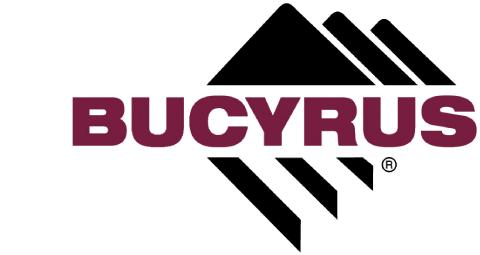
3 minute read
OPERATING INSTRUCTIONS RH 120 E
Introduction
Avoid any operation that might be a risk to machine stability.
Never travel across slopes; always keep the working equipment and the load close to the ground, especially when travelling downhill.
On sloping terrain always adapt your travelling speed to the prevailing ground conditions.
Before leaving the driver's seat always secure the machine against inadvertent movement and unauthorized use. Shut off the engines.
Special work in conjunction with utilization of the machine and maintenance and repairs as well as troubleshooting during work; disposal of parts and consumables
Observe the adjusting, maintenance and inspection activities and intervals set out in the operating instructions, including information on the replacement of parts and equipment. These activities may be executed by skilled personnel only.
Brief operating personnel before beginning special operations and maintenance work, and appoint a person to supervise the activities.
In any work concerning the operation, conversion or adjustment of the machine and its safetyoriented devices or any work related to maintenance, inspection and repair, always observe the start-up and shut-down procedures set out in the operating instructions and the information on maintenance work.
Ensure that the maintenance area is adequately secured.
If the machine is completely shut down for maintenance and repair work, it must be secured against inadvertent starting by:
" removing the ignition key and
" attaching a warning sign.
Carry out maintenance and repair work only if the machine is positioned on stable and level ground and has been secured against inadvertent movements.
To avoid the risk of accidents, individual parts and large assemblies being moved for replacement purposes should be carefully attached to lifting tackle and secured. Use only suitable and technically perfect lifting gear and suspension systems with adequate lifting capacity. Never work or stand under suspended loads.
The fastening of loads and the instructing of crane operators should be entrusted to experienced persons only. The marshaller giving the instructions must be within sight or sound of the operator.
For carrying out overhead assembly work always use specially designed or otherwise safetyoriented ladders and working platforms. Never use machine parts as a climbing aid
Wear a safety harness when carrying out maintenance work at heights above 1 m.
Wear an approved harness equipped with fall arresters and safety lines.
Keep all handles, steps, handrails, platforms, landings and ladders free from dirt, snow and ice. Clean the machine, especially connections and threaded unions, of any traces of oil, fuel or preservatives before carrying out maintenance/repair. Never use aggressive detergents. Use lint-free cleaning rags.
Before cleaning the machine with water, steam jet (high-pressure cleaning) or detergents, cover or tape up all openings which - for safety and functional reasons - must be protected against water, steam or detergent penetration. Special care must be taken with electric motors and switch-gear cabinets.
Ensure during cleaning of the machine that the temperature sensors of the fire-warning and firefighting systems do not come into contact with hot cleaning agents as this might activate the firefighting system.
After cleaning remove all covers and tapes applied for that purpose.
After cleaning, examine all fuel, lubricant, brake and hydraulic fluid lines for leaks, loose connections, chafe marks and damage. Any defect found must be rectified without delay.
Always tighten any screwed connections that have been loosened during maintenance and repair.
Any safety devices removed for set-up, maintenance or repair purposes must be refitted and checked immediately upon completion of maintenance and repair work.

Ensure that all consumables and replaced parts are disposed of safely and with minimum environmental impact.
Warning of special dangers
Electric energy
Use only original fuses with the specified current rating. Switch off the machine immediately if trouble occurs in the electrical system.
When working with the machine, maintain a safe distance from overhead electric lines. If work is to be carried out close to overhead lines, the working equipment must be kept well away from them.
Caution, danger! Check out the prescribed safety distances.
If your machine comes into contact with a live wire
" do not leave the machine
" drive the machine out of the hazard zone; warn others against approaching and touching the machine
" have the live wire de-energized
" do not leave the machine until the damaged or contacted line has been safely de-energized.
The electrical equipment of machines is to be inspected and checked at regular intervals. Defects such as loose connections or scorched cables must be rectified immediately.
High-voltage system
Floodlamps equipped with gaz discharge lamps require a high-voltage supply (ca. 25 kV).
The high voltage is generated by a ballast unit. Switch off the electrical system of the excavator before touching the lamp or the ballast unit.
Battery
Warning! Battery Posts, terminals and related accessories contain lead and lead compounds, chemicals known to cause cancer and reproductive harm. Wash hands after handling


